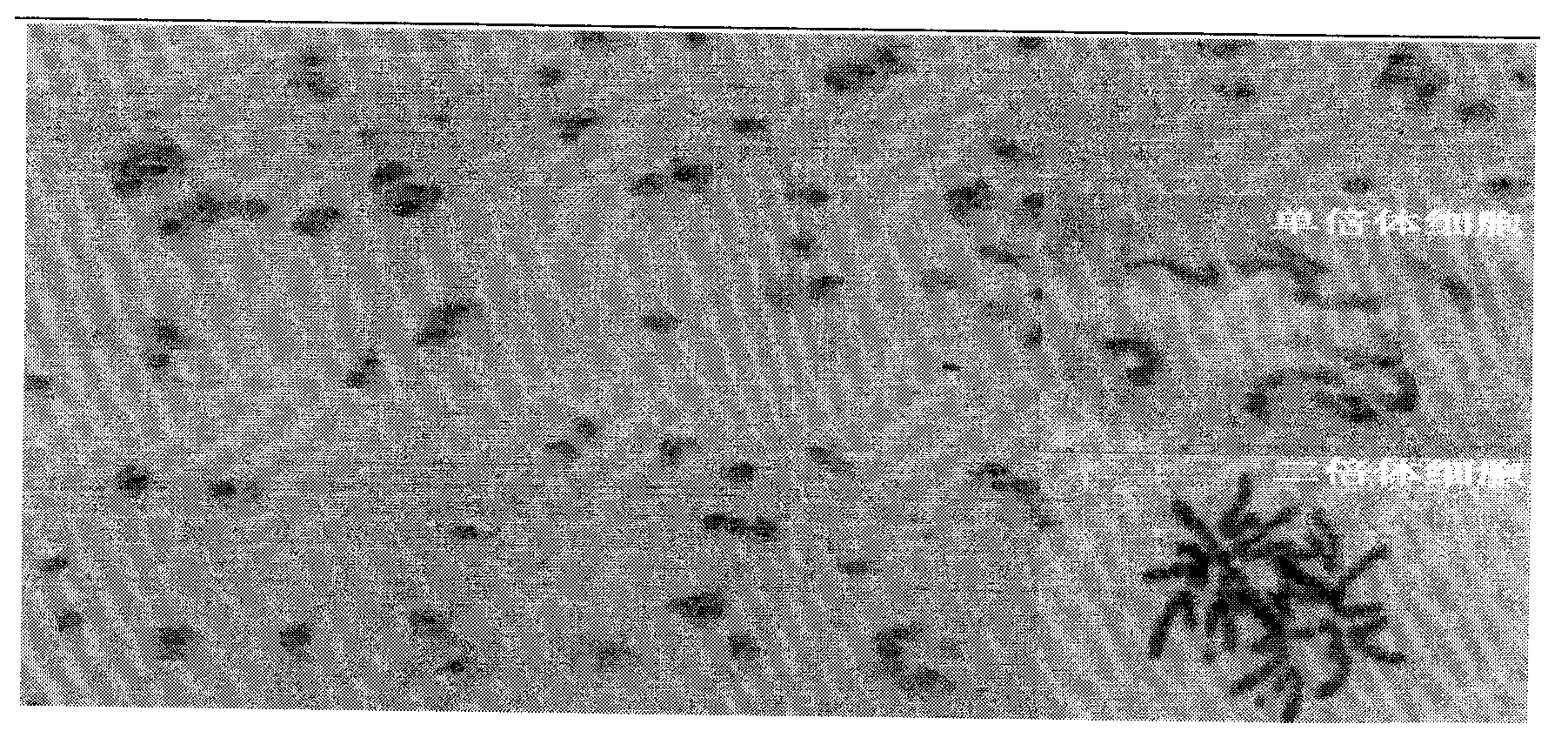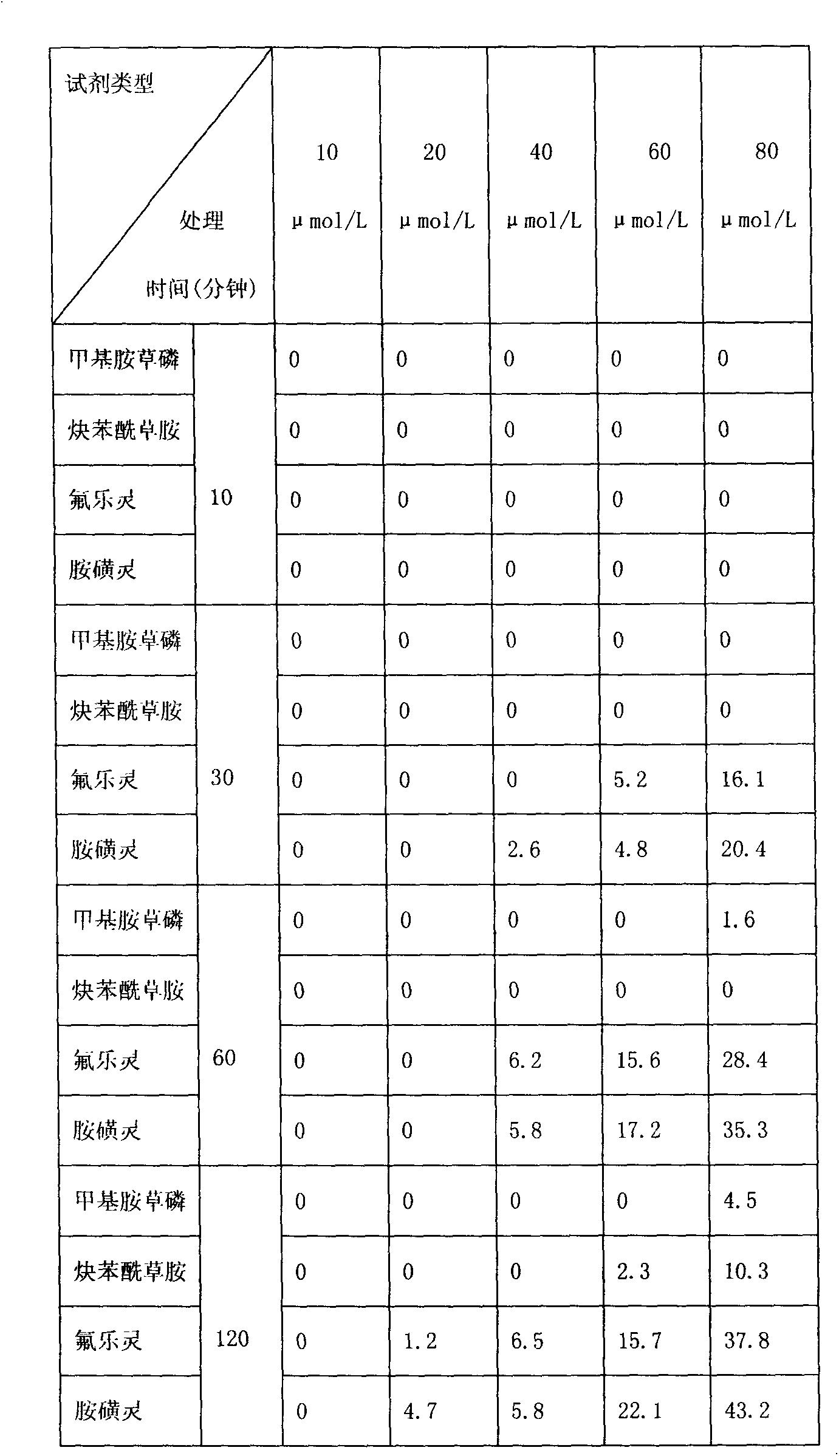Chemical corn double haploid young embryo processing method
A haploid immature embryo and processing method technology, applied in the agricultural field, can solve the problems of insignificant doubling effect, high drug consumption, poor doubling effect and the like
- Summary
- Abstract
- Description
- Claims
- Application Information
AI Technical Summary
Problems solved by technology
Method used
Image
Examples
Embodiment Construction
[0009] The present invention will be described in detail below in conjunction with specific embodiments.
[0010] 1. Color development of immature embryos and selection of seeds
[0011] The process of inducing the female parent to produce haploid by the inducible line involves the color development process of the top of the grain embryo and the embryo. Only when the immature embryo grows to a certain period of time, the color development will be obvious and sufficient, otherwise the selection and doubling treatment will not be possible.
[0012] In this experiment, samples were first collected and observed 15 days after pollination, and observed every 2 days until the seeds matured. Through observation, we found that 22 days to 25 days after the pollination of the induced line, the corn kernels began to develop color, and until about 28 days, the color development was relatively sufficient, and the haploid seeds and non-haploid seeds could be clearly distinguished. Therefore...
PUM
 Login to View More
Login to View More Abstract
Description
Claims
Application Information
 Login to View More
Login to View More - R&D
- Intellectual Property
- Life Sciences
- Materials
- Tech Scout
- Unparalleled Data Quality
- Higher Quality Content
- 60% Fewer Hallucinations
Browse by: Latest US Patents, China's latest patents, Technical Efficacy Thesaurus, Application Domain, Technology Topic, Popular Technical Reports.
© 2025 PatSnap. All rights reserved.Legal|Privacy policy|Modern Slavery Act Transparency Statement|Sitemap|About US| Contact US: help@patsnap.com


